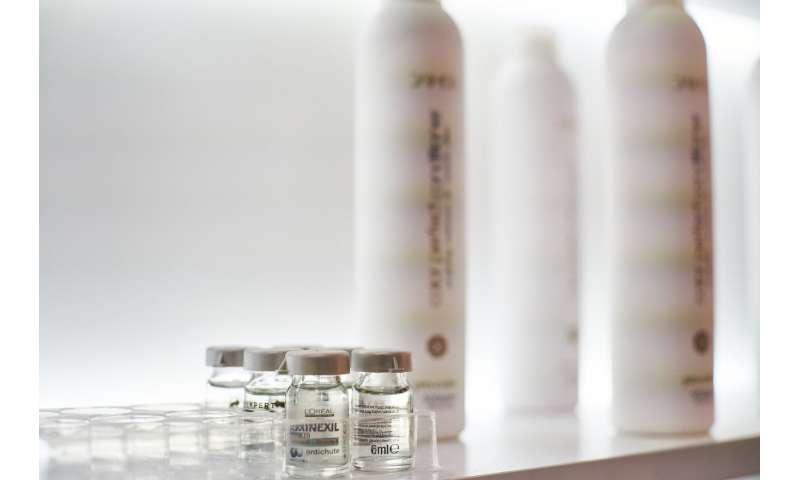Best of Last Week: Gamma ray lasers, an unstable ice shelf, and cancer risk from hair products

It was a good week for physics research as a professor at the University of California-Riverside, Allen Mills, performed calculations that showed spherical bubbles filled with a gas of positronium atoms were stable in liquid helium—moving the gamma-ray laser a step closer to reality. Also, a team at the University of Rochester demonstrated that laser beams can change the conditions of underlying plasma, which in turn can affect the transfer of energy in fusion experiments—their work provided new data that addresses the gap in fusion research.
It was a good week for technology research, as well, as a team at the University of Washington introduced what they call the Carpentry Compiler—a computer tool that allows non-professionals to design woodworking projects that they can actually make. And a team led by a group at the University of Bath developed artificial neurons to cure chronic diseases—the researchers claim their artificial neurons on silicon chips behave just like the real thing. Also, a team at NVIDIA created a product called Kaolin—a PyTorch open-source library geared toward advancing and making use of 3-D deep learning research. And a team with members from the University of Notre Dame and GlobalFoundries Fab1 developed a ferroelectric ternary content-addressable memory to enhance deep learning models. The technology addresses lifelong learning issues with AI learning systems.
In other news, a combined team from the Salk Institute, the Scripps Research Institute and Weill Cornell Medical College found that a diabetes drug had unexpected and broad implications for healthy aging—they report that the widely popular drug metformin turns on unexpected kinases and pathways leading to health-span and lifespan-extending effects. And a team at the University of Cambridge announced that drone images showed the Greenland ice sheet becoming more unstable as it fractures—suggesting the single largest contributor to global sea-level rise is potentially becoming unstable.
And finally, if you are one of the millions of people around the world who regularly use products to alter characteristics of your hair, you might want to read about the results of a study by a team at the National Institutes of Health—they found that permanent hair dye and straighteners may increase breast cancer risk.
© 2019 Science X Network